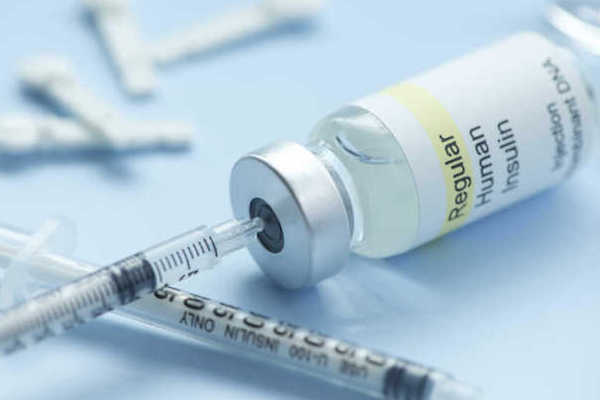Interventional closure of iatrogenic atrial septal defect (iASD) with transcatheter mitral valve repair was not superior to regular medical therapy, new study results from Transcatheter Cardiovascular Therapeutics (TCT) 2020 indicate.
“Transcatheter mitral valve repair requires transseptal access to the left atrium, which creates an iASD,” the authors wrote in an abstract. “The induction of an iASD has been linked to improved hemodynamics and is currently investigated in large-scale clinical trials in patients with heart failure. However, the presence of a persistent iASD was also associated with increased long-term mortality and morbidity following transcatheter mitral valve repair.”
Researchers enrolled 80 patients with persistent iASD one month after transcatheter mitral valve repair and left-to-right-shunting. These patients were randomly assigned (1:1) to standard medical therapy alone or to closer of the iASD with the Occlutech ASD occluder device. The primary study endpoint of interest was the change in six-minute walk distance five months after iASD occlusion, with a secondary endpoint of all-cause mortality and the rate of heart failure hospitalization at one year.
According to the results, there was no change between study groups in six-minute walking distance at five months post-procedure. The authors also reported no differences in the prespecified secondary endpoints.
“Interventional closure of iASD one-month post transcatheter mitral valve repair was not superior to conservative treatment with regard to the primary endpoint six-minute walking distance,” said Philipp Lurz, MD, PhD, Deputy Head of the Cardiology Department at Heart Center Leipzig at the University of Leipzig, Germany, said in a TCT 2020 press release. “The results are corroborated by no difference in secondary endpoints such as heart failure symptoms or hospitalization and survival. The presence of an iASD is associated with a higher rate of HF hospitalization irrespective of its management when compared to patients without relevant iASD following TMVR. The presence of an iASD following transcatheter mitral valve interventions might be a prognostically relevant surrogate, but not necessarily causative for inferior outcomes.”
Lurz P. Closure of Iatrogenic Atrial Septal Defect Following Transcatheter Mitral Valve Repair: The Randomized MITHRAS Trial. Presented at TCT 2020.
Credit: Original article published here.









